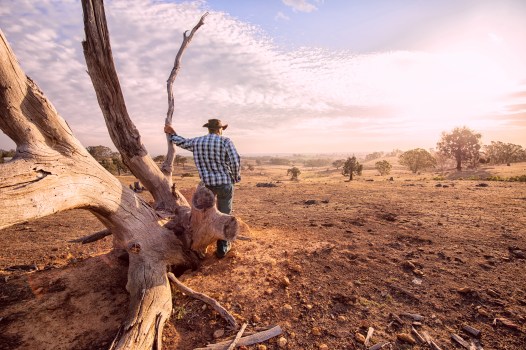By Adam Coleman
Faced with historic droughts, the governments of Georgia, California and Idaho in the US are turning to technology like GIS (geographic information system) maps and computerised sprinklers for drought recovery and to prepare for a future of less water.
A report in Government Technology (GT), suggests governments in the drought affected states are employing technologies like automatic water meter readers, satellite-based evapotranspiration monitoring and electronically controlled watering systems.
The municipality of Healdsburg in California sought a better way to water its athletic fields and instead discovered a solution that revamped its water conservation activities.
Healdsburg’s community services director, David Mickaelian, said the city had used labour-intensive manual water controllers on many of its fields before discovering a climatologically controlled irrigation system.
The sprinkler has a satellite that tracks weather patterns and automatically adjusts water schedules based on an environment’s needs.
After installing the system in 2007 in selected parks, the city calculated water savings in the range of 5.5 percent to 18 percent.
"We started to realize this is more than we’re looking for as far as the payback because now we’re starting to see significant savings, and that correlates with reduced water use," he told GT.
The city is reportedly employing the technology to upgrade its entire water system.
Northern Georgia has faced the most severe Level 4 drought. As part of Atlanta’s infrastructure improvement program, the city launched an initiative in December 2006 to convert all water users to an automated meter-reading system.
Under the system, officials can track water usage or at any time by using a radio system and simply driving by locations to pick up readings.
While the switchover is still in progress the city told GT, the change will reduce meter reading, customer service and operating expenses, while ensuring the accuracy of customer usage numbers.
Atlanta is encouraging its residents to purchase household water conservation products such as a valve that cuts toilet water consumption as much as 33 percent.
The city also funded a residential toilet rebate program that encourages citizens to replace toilets that use too much water.
To be resourceful with water, Idaho is utilising GIS and remote sensing.
Tony Morse, GIS manager of Idaho’s Department of Water Resources told GT, the state uses a satellite-based evapotranspiration (ET) tracking model that lets state officials see how much water is used by irrigated agriculture that accounts for 95 percent of Idaho’s water.
This is an important measurement because irrigated agriculture accounts for more. Morse said some states like Kansas use an honor system to report the amount of water farmers use each year. Idaho’s ET tracking model can more accurately gauge their usage.
Idaho system uses satellites to track how much water is used by each field.
Comment below to have your say on this story.
If you have a news story or tip-off, get in touch at editorial@governmentnews.com.au.
Sign up to the Government News newsletter

